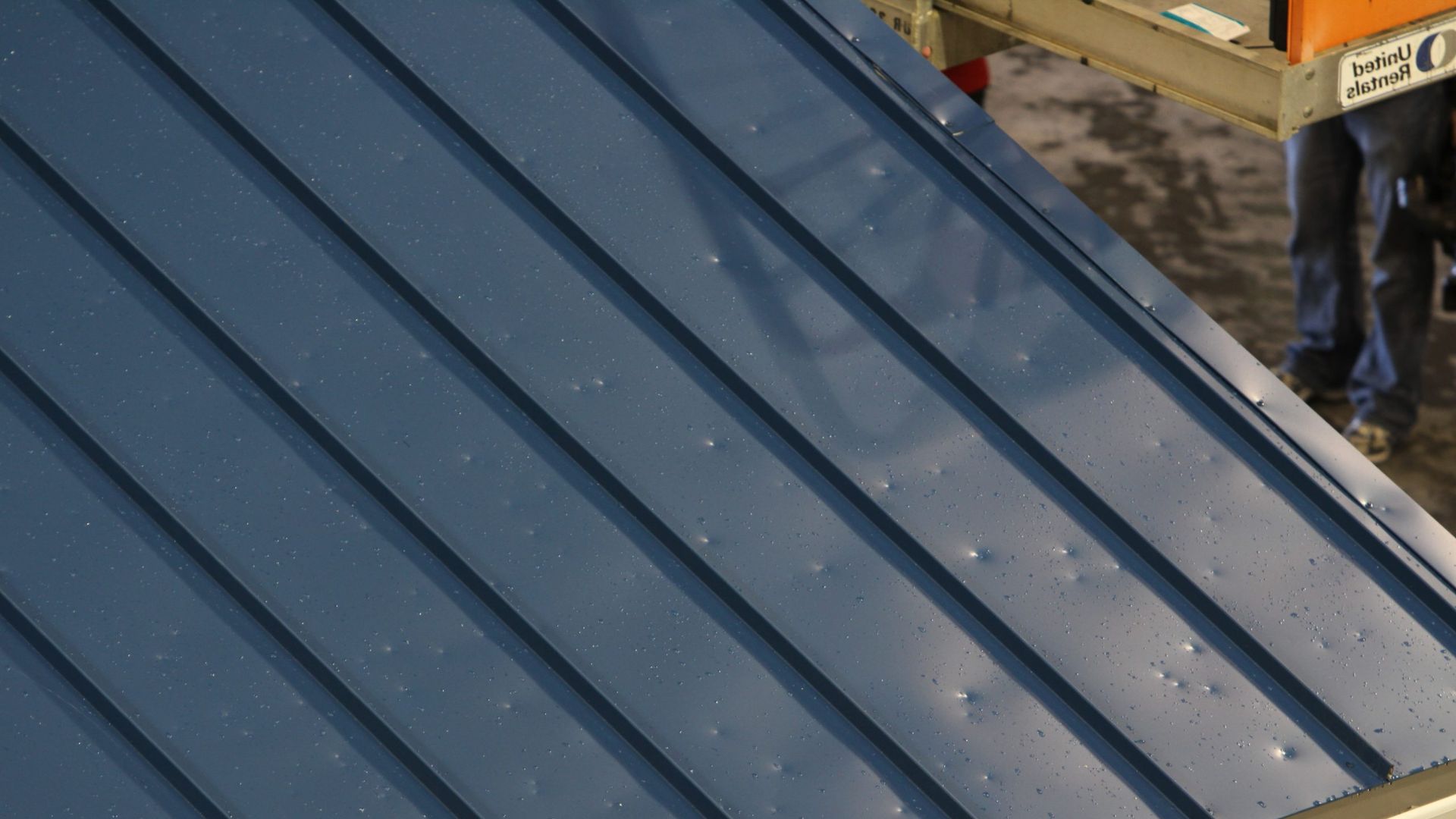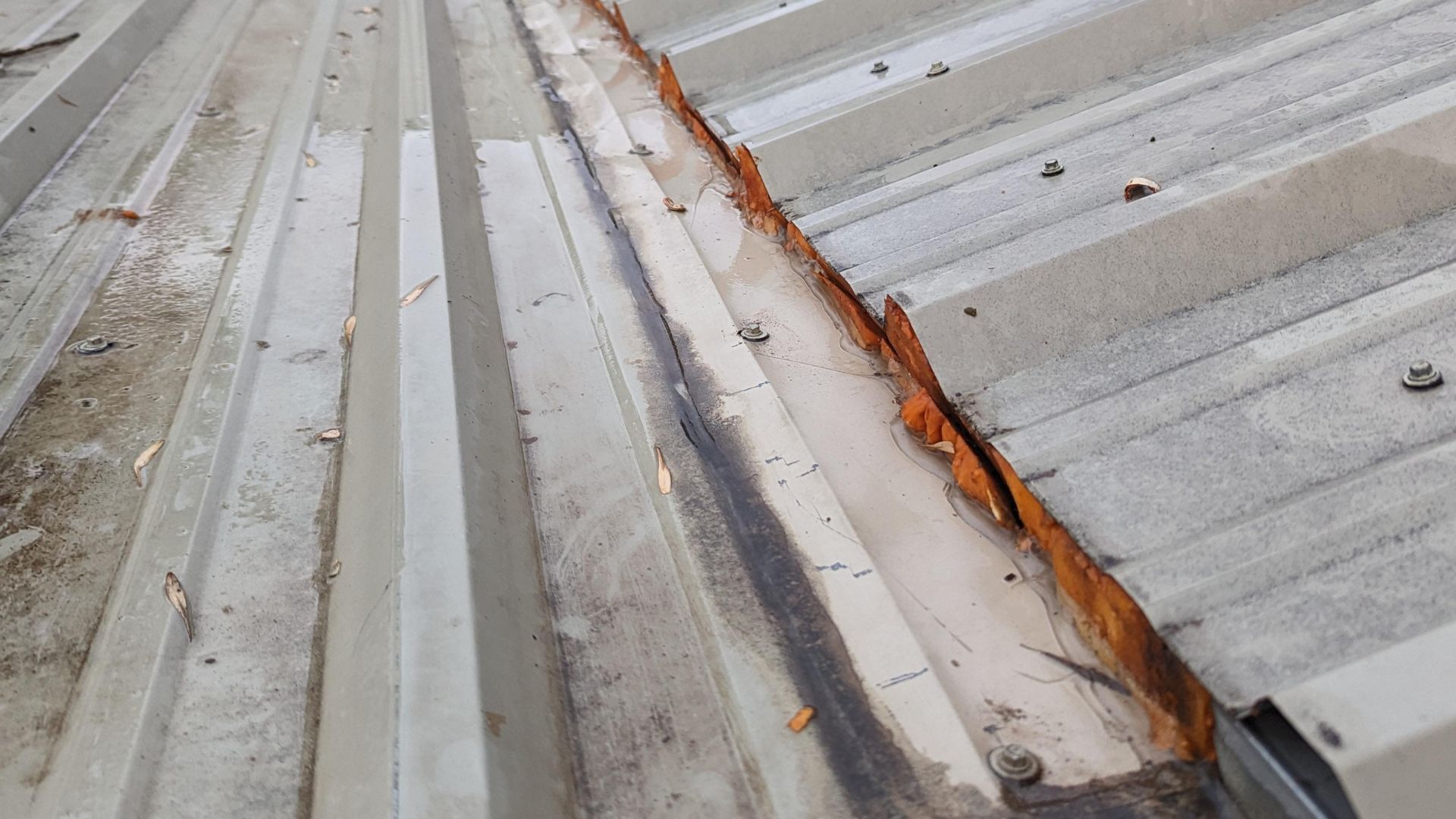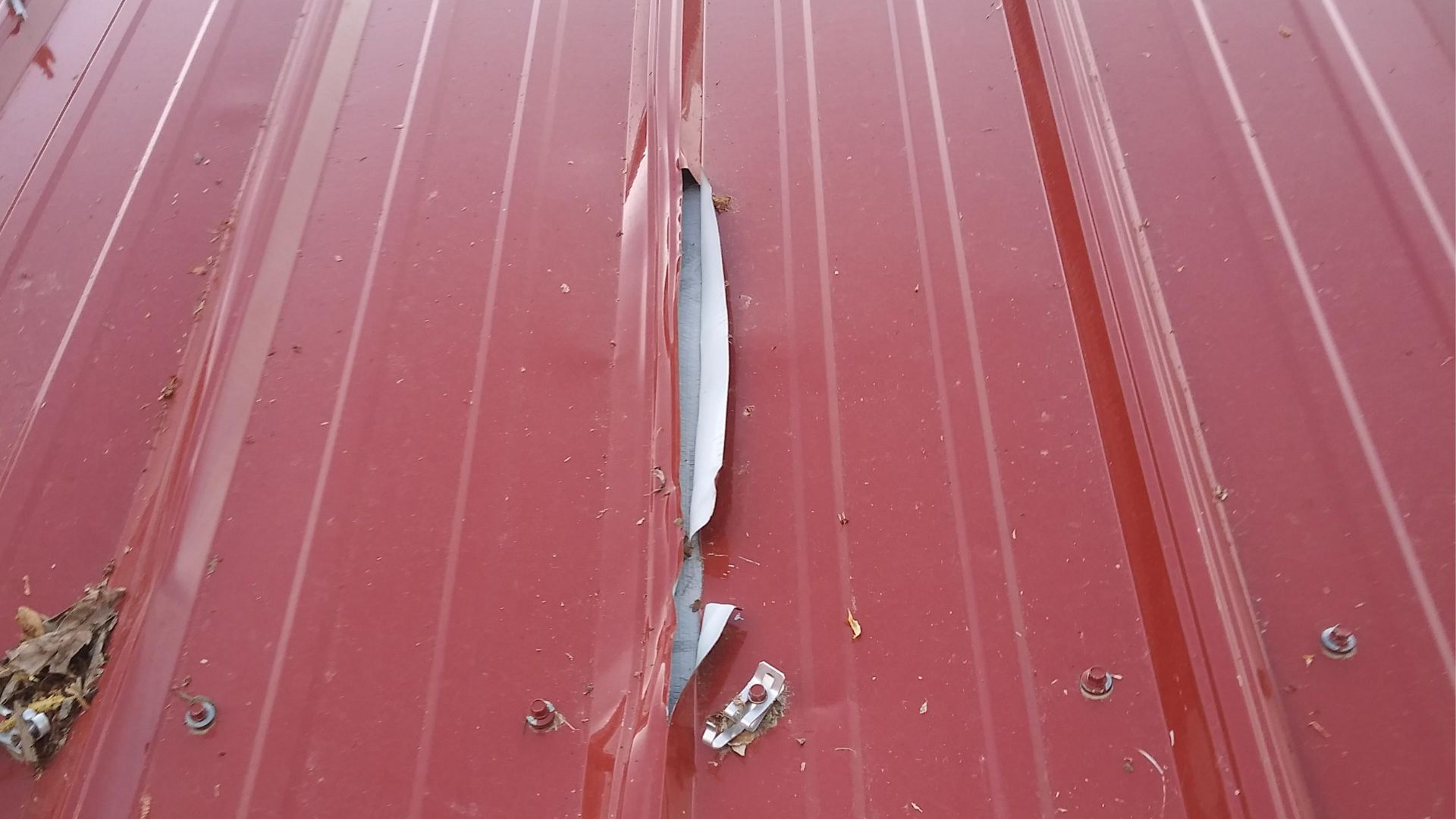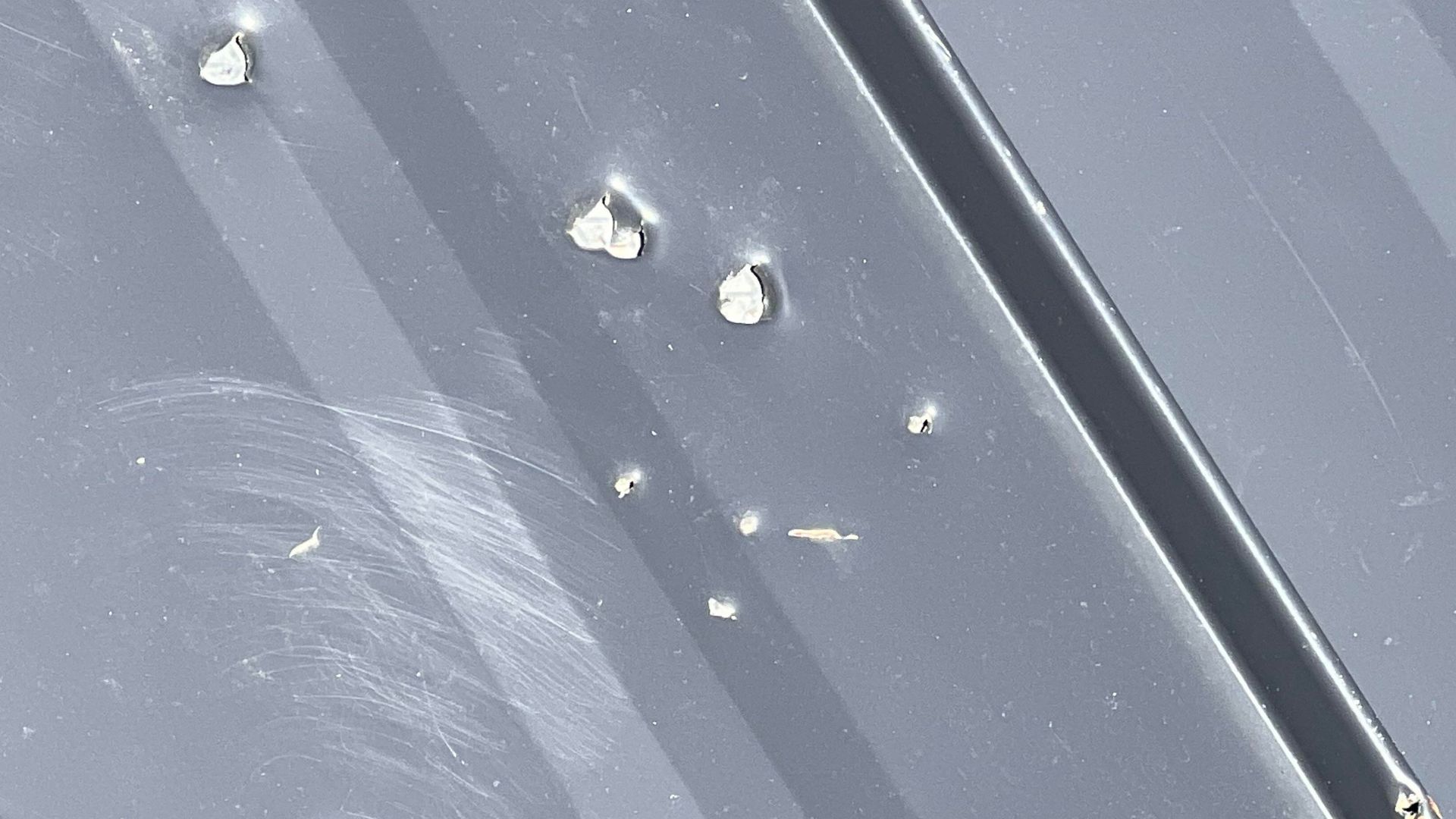When a wild storm rolls through the Gold Coast, it often leaves a trail of damaged roofs. The aftermath can be stressful, whether it's missing tiles, water seeping through your ceiling, or debris crashing onto your roof. However, if you plan to lodge an insurance claim, how you document the damage can make or break your case.
This guide walks you through everything you need to know to properly document roof issues for insurance claims,step by step, tailored to the unique weather challenges and insurance expectations on the Gold Coast.
Why Documentation Is So Important
Insurance companies are understandably cautious on the Gold Coast, where severe storms and hail are regular visitors. Claims are often scrutinised closely to ensure the damage wasn't caused by neglect or pre-existing issues. That's why thorough, well-organised documentation is essential. It's not just about snapping a few photos-it's about telling a clear, credible story backed by evidence.

1. Contact Your Insurer Promptly
Time is critical. As soon as you spot damage to your roof, get in touch with your insurer, ideally within 24 to 48 hours. Many policies have deadlines for lodging a claim (usually between 30 and 60 days), but the sooner you act, the stronger your case will be.
Delaying your claim can give the impression that damage worsened due to inaction, which might void your eligibility altogether.
2. Capture Clear Photos and Videos
Your smartphone becomes your most powerful tool here. Take high-resolution photos and videos of all visible damage-don't skimp on detail.
What to include:
- Multiple angles of damaged tiles, holes, or dents
- Close-ups showing cracks, leaks, or broken gutters
- Wide shots to show the overall condition of the roof
- Interior damage (e.g. water stains, bubbling paint)
- A shot of the date/time on your phone or camera for proof
Bonus tip: If you have before-and-after photos from previous maintenance or inspections, include those too. They help prove the damage is new and storm-related.

3. Write a Detailed Damage Description
Photos alone won't cut it. You'll need to provide a written account explaining:
- What was damaged
- When the damage occurred
- How it happened (e.g. strong winds, falling tree, hailstorm)
Be honest and precise. Use terms that align with your policy language. Many insurers distinguish between "storm damage" (covered) and "wear and tear" (not covered). A clear timeline can help show that the damage aligns with a specific weather event.
4. Gather Roof Maintenance Records
Insurers will want to know your roof was in good shape before the damage. This is where maintenance records come in handy.
Provide:
- Inspection reports from roofing professionals
- Invoices for previous repairs
- Dates of past maintenance or cleaning
- Photographs from earlier roof checks
This evidence shows you've done your due diligence and haven't ignored problems that could have made the damage worse.
5. Make Temporary Repairs If It's Safe
If rain is pouring through a hole in your ceiling, you're allowed to take temporary measures to stop further damage, but don't go overboard.
Acceptable temporary actions:
- Tarping a broken section
- Sealing a minor leak to protect the interior
- Boarding up openings
Keep receipts for any materials or emergency services. These costs are often reimbursable. But avoid making permanent repairs until your insurer has assessed the damage-unless it's a matter of safety.
6. Get a Professional Roof Inspection Report
Bring in a qualified, Queensland-licensed roofing inspector to assess the damage and create a formal report. Insurers rely heavily on these third-party assessments to confirm:
- The cause of the damage
- The extent of the damage
- Any contributing factors (e.g. poor installation, age)
A thorough report should include:
- Photographic evidence
- Roof measurements
- A list of all damage areas
- Notes on whether the damage is consistent with a storm or other insured event
Choose a local roofer familiar with insurance claims and Gold Coast weather conditions- they know what to look for.

7. Log Every Conversation with Your Insurer
From the moment you call your insurer, keep a detailed communication log. Write down:
- The date and time of each conversation
- The name of the person you spoke with
- What was discussed or agreed upon
Save emails, texts, and any documents they send you. If a dispute arises or the claim is delayed, having a paper trail makes things much easier.
And if an assessor visits your property, try to be present. You'll have the chance to walk them through the damage and ensure nothing gets overlooked.
8. Know What Your Policy Actually Covers
Before you get too far into the process, review your policy carefully. Some insurers exclude damage due to:
- General wear and tear
- Ageing materials
- Faulty workmanship
If your claim is denied and you believe the decision was unfair, don't panic. You can request a formal review or escalate the matter to an external dispute resolution body like the Australian Financial Complaints Authority (AFCA).
Gold Coast-Specific Considerations
Roof insurance claims in the Gold Coast region come with a few quirks. Because this area sees a high number of storm-related claims, insurers are extra cautious. You might be asked for:
- A weather report to confirm storm conditions
- A report from a local, licensed inspector (some insurers won't accept reports from interstate or unlicensed operators)
- Proof that the damage wasn't worsened by delayed maintenance
Getting your ducks in a row early means you'll be prepared if the process becomes more complex than expected.
Summary Table: Key Steps at a Glance
Step | What to Do | Why It Matters |
Notify insurer | Contact within 24-48 hours | Avoid denial due to late filing |
Take photos/videos | Show multiple angles, timestamped | Build solid visual evidence |
Written description | Explain what, when, how | Support your story clearly |
Maintenance records | Provide repair and inspection history | Prove responsible roof care |
Temporary repairs | Only if needed, save receipts | Prevent further damage, claim reimbursement |
Inspection report | Get a detailed roofer's report | Most insurers require it |
Communication log | Track all contact with insurer | Protect your case from disputes |

Stay Ready, Stay Covered
Documenting roof damage might not be your first instinct after a storm, but it should be close to the top. By acting quickly, staying organised, and providing detailed evidence, you'll give your claim the best shot at approval.
Don't wait until things get messy. A bit of preparation now can save you weeks of headaches later.
Need help with roof inspections for your claim? Speak with our local Gold Coast Colorbond roofing experts at AI Gutter & Roofing.




